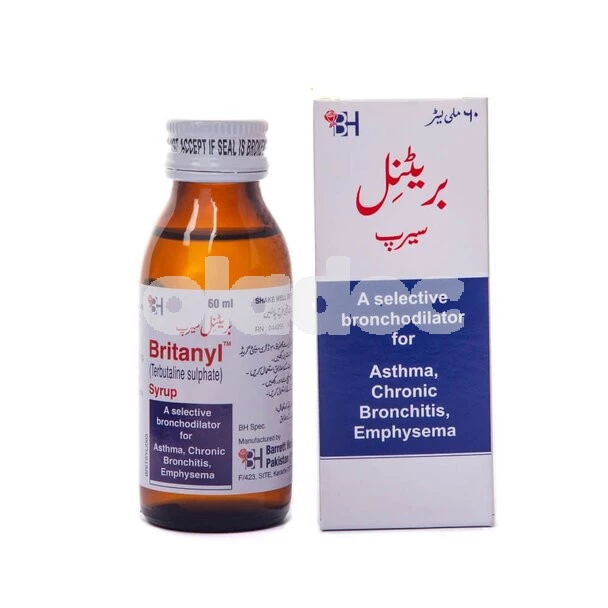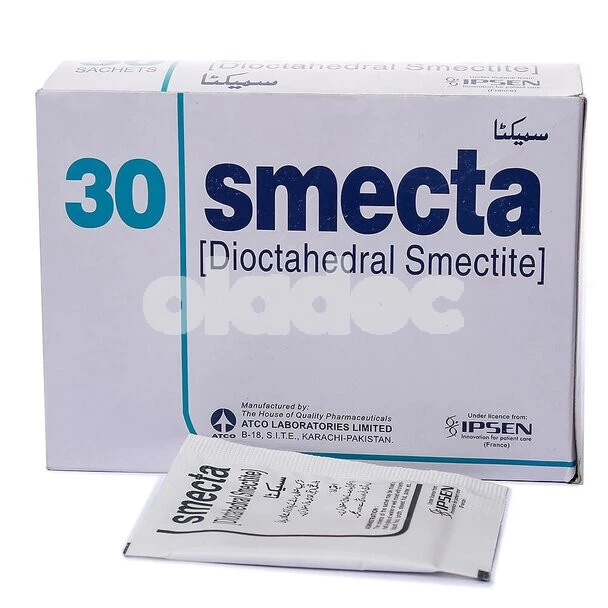DIY is all the rage these days, with many Instagram bloggers and beauty gurus advising us to use ingredients from our pantry to make gorgeous skin masks. But the question is, are these ingredients even safe for us to use in the long run? Ingredients that may seem controversial should only be used with the guidance of a dermatologist. Let’s find out:
Table of Contents
1-Lemon juice:
People tend to use lemon juice as a skin lightener or a blemish eradicator—well, it does neither. What it does is that it greatly decreases the pH of the skin from a normal of 4.5-5 to as low as 2. This can irritate the skin, cause a phototoxic reaction when exposed to the sun, and cause redness. It can cause lasting damage to the skin if used without care.
2-Mayonnaise:
Mayonnaise is rich in fat and oil that can clog pores and bring on a fresh bout of acne. Moreover, it can encourage skin bacteria to grow. Mayonnaise may be a good remedy for dry hair-ends, but it does not work as a great ingredient in masks.
3-Cinnamon:
If you find cinnamon in your pantry—use it on buns and rolls—not your face. Cinnamon gained popularity after a beauty blogger touted its purifying power. But despite the popular belief, it can actually cause redness and burns on the skin if used as a mask. Moreover, it is a common spice that is associated with allergies and hypersensitivity reactions.
4-Baking soda:
You can exfoliate with quite a lot of household products—like sugar and honey—but baking soda is not a good idea. Baking soda is alkaline in nature and has a higher pH than normal skin pH.
Using this product on the face can disrupt the natural barrier of the skin and result in a reactive skin with rashes. No matter how many recipes are there online with this DIY ingredient, stop using it on the face, period.
5-Toothpaste:
We have often heard the magic power of toothpastes against the evil pimples and zits. But beware, this magic potion is filled with irritating ingredients like peppermint, fragrances and alcohol that can go as far ahead as to tear the skin with chemical burns.
Instead of using toothpaste, a better option would be a benzoyl peroxide spot treatment or a face wash with salicylic acid that would get rid of the pimple without damaging the skin.
6-Hairspray:
If you haven’t heard, hairspray can be used as makeup setting spray in a pinch—according to beauty gurus. Getting it accidentally on the skin is one thing, but to deliberately spray it on the face in a thick layer is quite another.
The latter means that you are inviting over a horde of troubles for your facial skin, in the form of clogged pores, whiteheads, blackheads and drying the skin out with the alcohol in the spray. If you don’t have a setting spray, then don’t use one, but don’t substitute hair spray for it.
If you suffering from the side effects of using DIY masks, or generally need help with your skin, then book an appointment with top dermatologists in Islamabad, Karachi and Lahore through oladoc.com, or call our helpline at 042-3890-0939 for assistance to find the RIGHT professional for your concerns.






